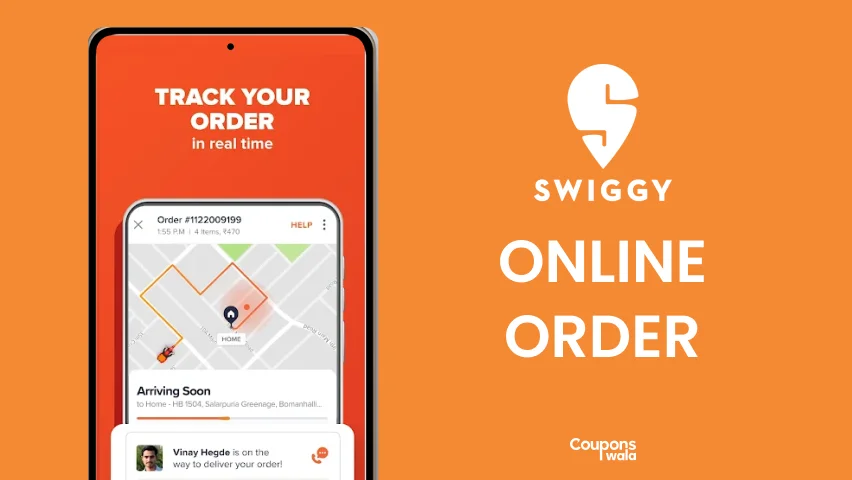Feeding The Future: The Rise & Impact Of Food Delivery Apps
In today’s fast-paced world convenience plays a role in nearly every aspect of our lives including our eating habits. The introduction of food delivery applications like Swiggy has completely changed the way we order and savor our meals. Swiggy has changed the way we eat in a big way. It’s also made a huge difference in the food business, shaping our ideas about food and how we engage with food.

1. The Rise of Food Delivery Apps:
The surge in popularity of food delivery dining app like Swiggy can be attributed to factors such as the growing dependence on smartphones and the internet in our everyday lives. By just tapping on a screen people can now have a wide range of delicious food choices delivered right to their doorsteps eliminating the need to go out to eat or prepare meals at home. This unmatched convenience has led to an expansion of food delivery apps, with users embracing them as a component of their daily routines.
2. Accessibility and Democratization of Food:
One of the most important effects of Swiggy is its ability to democratize access to food. In urban areas where time is of the essence and fine dining restaurants options may be limited, these apps offer a lifeline, ensuring that everyone, regardless of their location or schedule, can enjoy a diverse selection of cuisines at their convenience.
This accessibility has not only empowered consumers but has also opened up new dining deals for restaurants, particularly smaller establishments that may not have the resources to offer traditional dine-in services.
3. Reshaping the Restaurant Industry:
Apps like Swiggy have reshaped the dynamics of the restaurant industry, prompting many establishments to adapt and innovate to remain competitive in this rapidly evolving landscape. In the past, restaurants would invest and captivate customers by providing an enticing ambiance, often featuring them as live music restaurants.
Restaurants are now investing in technology and simplifying their operations to cater to the growing market for delivery services while still maintaining their appeal for in-person experiences such as dinner reservations. From optimizing kitchen layouts for efficient order fulfillment to developing specialized menus tailored for delivery, restaurants are welcoming the challenges and possibilities presented by the digital age.
4. Cultural Shifts and Consumer Experience:
Beyond convenience and accessibility, food delivery apps like Swiggy have also sparked a cultural shift in how we perceive and experience food. In an era where time is a precious commodity, these apps offer a solution to the perennial question of what to eat, providing a curated selection of dining offers tailored to individual preferences and dietary restrictions. Additionally, the rise of food delivery has blurred the lines between home-cooked meals and restaurant dining, with consumers enjoying restaurant-quality food in the comfort of their own homes.
5. Challenges and Future Outlook:
However, the rapid proliferation of food delivery apps has not been without its challenges. Concerns about sustainability, food safety, and the treatment of delivery workers have surfaced, prompting calls for greater transparency and accountability within the industry. As consumers become more discerning about the ethical and environmental implications of their dining choices, food delivery apps are under pressure to address these issues and adopt more sustainable practices.
Looking forward, the future of food delivery apps is ripe with potential and possibility. As technology continues to grow, we expect to see further innovation in delivery logistics, menu customization, and user experience. Some of the apps even offer online restaurant booking. Additionally, the ongoing shift towards healthier, more sustainable food options is likely to influence the direction of food delivery apps, with consumers seeking out establishments that align with their values and priorities.
In conclusion, Swiggy has emerged as a transformative force in the food industry, reshaping the way we eat, dine, and interact with food. From providing unparalleled convenience and accessibility to sparking cultural shifts and challenging traditional norms, these apps have left an unforgettable mark on our culinary landscape.